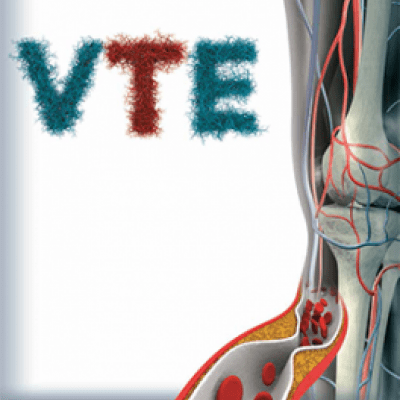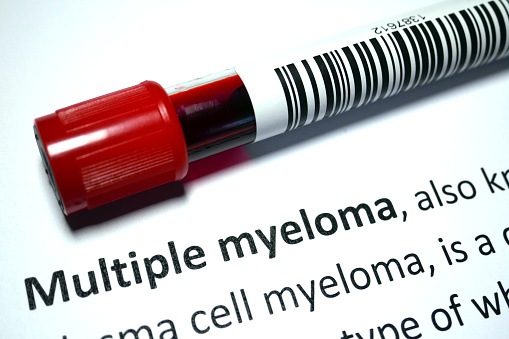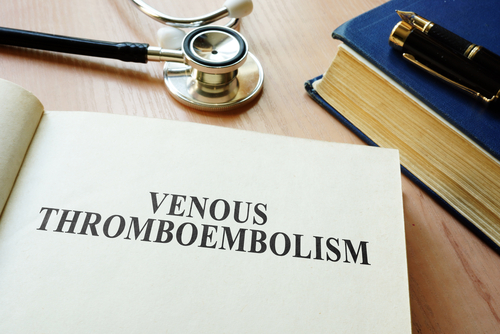
A study finds that there is an augmented risk of venous thromboembolism (VTE) after acute ischemic stroke (AIS), and this risk among patients treated with intravenous thrombolysis (rtPA). The findings were published in the Journal of Stroke and Cerebrovascular Diseases.
“The mechanism of increased risk of venous thromboembolism (VTE) after acute ischemic stroke (AIS) is unclear. In this study, we aimed to evaluate the risk of VTE in hospitalizations due to AIS as compared to those due to non-vascular neurological conditions. We also aimed to assess any potential association between VTE risk and the use of intravenous thrombolysis (rtPA) among hospitalizations with AIS,” the researchers wrote.
This case-control study assessed 1,541,685 hospitalizations due to AIS and 1,453,520 hospitalizations due to non-vascular neurological diagnoses that served as controls. Data were obtained from the Nationwide Inpatient Sample 2016-2018. Propensity score matching was used to adjust for the baseline differences between the groups. Logistic regression analysis was used to compare the risk of VTE.
According to the results, hospitalizations due to AIS had increase of VTE as juxtaposed to the controls [OR=1.50, 95% CI, 1.40-1.60, P<0.001]. The researchers observed that of hospitalizations with AIS, 11.9% got rtPA. The results showed that odds of VTE were lower among the AIS hospitalizations that received rtPA as compared to those that did not (OR= 0.89, 95% CI 0.79-0.99).
“Hospitalizations due to AIS have a higher risk of VTE as compared to the non-vascular neurological controls. Among AIS cases, the risk of VTE is lower among patients treated with rtPA,” the researchers concluded. “These epidemiological findings support the hypothesis that the risk of VTE after AIS might be partly mediated by an intrinsic pro-coagulant state.”







 © 2025 Mashup Media, LLC, a Formedics Property. All Rights Reserved.
© 2025 Mashup Media, LLC, a Formedics Property. All Rights Reserved.